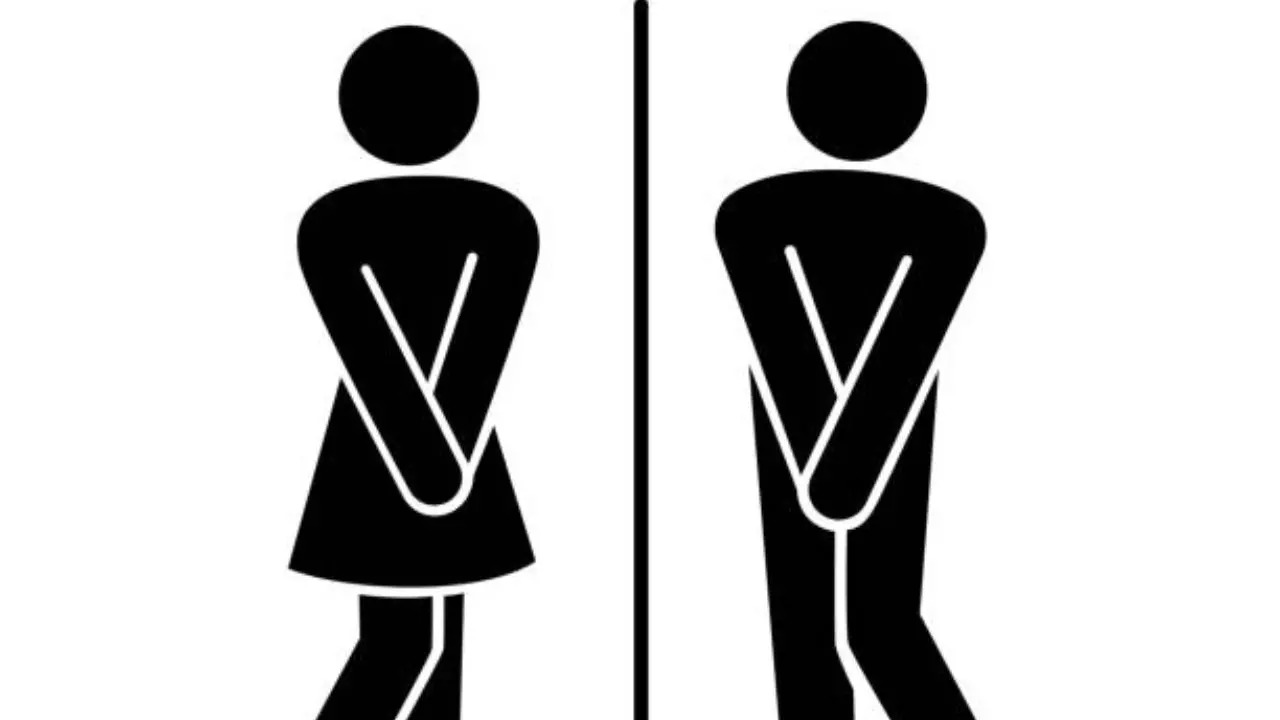How to reduce the risk of urinary tract and fungal infections when using public restrooms (Image credit: iStock)
Many of us travel for work or even for pleasure, which requires long hours of travel, and we have no choice but to use the public toilets. The risk of contracting diseases such as urinary tract infection (Urinary tract infection) and mycosis increases, as we all know that the public toilets They are poorly maintained and unhygienic. Public toilets can be a breeding ground for bacteria, so we must take the necessary precautions in case we need to use them during an emergency.
Common infections that occur due to public toilets
Urinary tract infections (UTI)
– Cause: Urinary tract infections are often caused by bacteria such as Escherichia coli (E. coli), which can be present on toilet seats, flush handles, or other surfaces.
– How it spreads: While the risk from toilet seats is low, touching contaminated surfaces and then your genitals without washing your hands can introduce bacteria into your urinary tract.
– Symptoms: Common symptoms include a frequent need to urinate, a burning sensation when urinating, cloudy or strong-smelling urine, and pelvic pain.
Fungal infections
– Cause: Fungal infections, such as yeast infections or athlete’s foot, are caused by fungi such as Candida or Trichophyton. These fungi thrive in warm, moist areas.
– How it spreads: Fungal infections can spread through contact with contaminated surfaces, such as toilet seats, floors, or any moist area.
– Symptoms: Symptoms include itching, redness, discomfort in the affected area, and sometimes a thick, white discharge in the case of fungal infections.
Gastrointestinal infections
– Cause: Bacteria such as Salmonella, Shigella, E. coli and viruses such as norovirus can cause gastrointestinal infections.
– How it spreads: These pathogens can spread through fecal-oral transmission. Poor hand hygiene after using the bathroom can lead to ingestion of these pathogens.
– Symptoms: Symptoms include diarrhea, stomach cramps, nausea, vomiting, and fever.
Skin infections
– Cause: Skin infections, such as those caused by staph (including MRSA), can occur due to bacteria on surfaces such as toilet seats, door handles, or knobs.
– How it spreads: These infections spread through direct contact with contaminated surfaces or skin-to-skin contact.
– Symptoms: Symptoms include redness, swelling, warmth, and pain in the area of infection, sometimes accompanied by pus or other drainage.
How to reduce the risk of infections caused by public toilets
Here are some tips to reduce the risk of infection when using public restrooms.
Avoid direct contact with surfaces
One of the most effective ways to reduce the risk of infections in public restrooms is to avoid direct contact with surfaces that may harbor bacteria and fungi. Research shows that high-touch areas such as toilet seats, cistern handles, and doorknobs are often contaminated with various pathogens.
Tips:
Use a paper towel or toilet paper to touch surfaces such as door handles, faucets, and flush handles.
If available, use a toilet seat cover or place toilet paper on the seat before sitting down.
Practice proper hand hygiene
Hand hygiene is one of the most important steps in preventing infections. The Centers for Disease Control and Prevention (CDC) emphasizes that proper handwashing can significantly reduce the spread of infections, including urinary tract infections and fungal infections.
Tips:
Wash your hands thoroughly with soap and water for at least 20 seconds after using the bathroom.
Make sure to scrub all parts of your hands, including between your fingers and under your nails.
If soap and water are not available, use a hand sanitizer with at least 60 percent alcohol.
Stay dry
Moist environments are ideal for the growth of bacteria and fungi. Staying dry, especially in the genital area, can help prevent the growth of harmful microbes.
Tips:
– After using the bathroom, dry yourself with toilet paper.
– Avoid sitting on wet or damp surfaces.
– Change out of wet clothing, such as bathing suits or sweaty workout clothes, as soon as possible.
Choose bathrooms carefully
Not all public restrooms are maintained to the same standards. Whenever possible, choose restrooms that look clean and well maintained.
Tips:
– Opt for bathrooms in trusted locations such as hotels, shopping malls and airports, where regular cleaning and maintenance are more likely to occur.
– Avoid using toilets in areas where hygiene standards appear compromised.
Clean properly
Improper hygiene can transfer bacteria from the anal area to the urethra, increasing the risk of urinary tract infections. It is essential to practice proper cleaning techniques to avoid cross-contamination.
Tips:
– Always wipe from front to back after using the bathroom.
– Use clean toilet paper and avoid excessive wiping, as this can cause irritation.
Avoid touching your face
Touching your face, especially your mouth, nose and eyes, can transfer bacteria and fungi from your hands to your body, increasing your risk of infection.
Tips:
– Be aware of where your hands have been and avoid touching your face until your hands are clean.
– Use hand sanitizer after leaving the bathroom if you need to touch your face.
Disclaimer:
The information contained in this post is for general information purposes only. We make no representations or warranties of any kind, express or implied, about the completeness, accuracy, reliability, suitability or availability with respect to the website or the information, products, services, or related graphics contained on the post for any purpose.
We respect the intellectual property rights of content creators. If you are the owner of any material featured on our website and have concerns about its use, please contact us. We are committed to addressing any copyright issues promptly and will remove any material within 2 days of receiving a request from the rightful owner.

